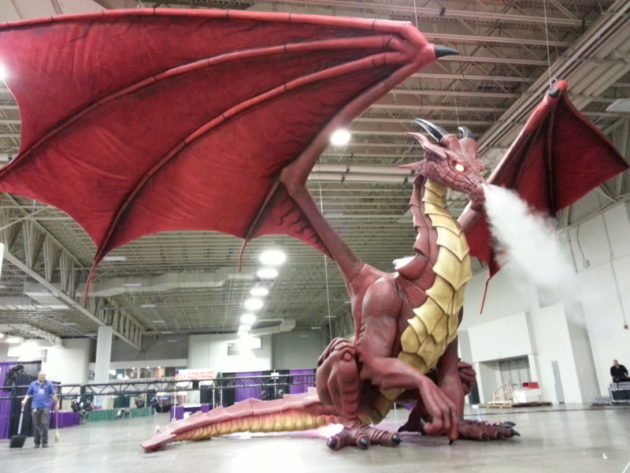Tips for selecting a theming fabricator
by Dan Faupel, VP, Creative Visions
The physical themed environments in theme parks, museums, zoos, family entertainment centers, exhibits, aquariums and other visitor attractions are the product of multiple skills and disciplines. They include concept design, structural design, sculpting, digital sculpting, mold making, casting, 3D scanning, 3D printing, CNC foam carving, wood work, metal machining, welding, hard coating, fiberglass work, and painting.
I have found that there are typically multiple techniques that can be utilized through the fabrication process to achieve the desired results. Experienced fabricators will know which techniques are going to be the most efficient and effective for the project at hand.
[quote]Keep in mind that the shorter the production timeline, the more your project is likely to cost.”[/quote]
A good themed environment will help tell the story of your attraction. It begins with good design. Rick Bohler, President and Art Director of Pizzazz Scenic Contractors said, “Theming can be an expression of a personal point of view and it’s not necessarily right or wrong but individual, so having a good design from the start is crucial.”
Optimally, your amusement attraction is growing, with new features being added and new needs popping up constantly. You might be adding a new mini-golf course, a new ride, a live animal exhibit, or an interactive attraction. All of these and more become much more immersive and cohesive with creative theming.
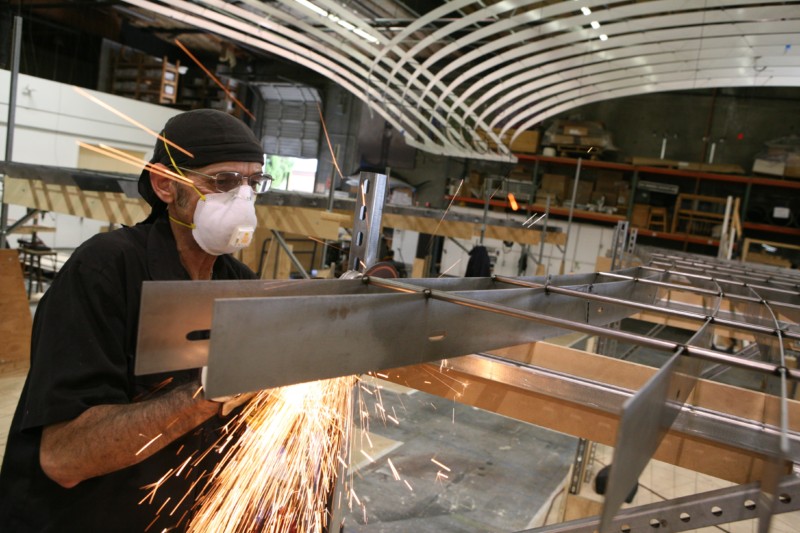
Time is money
In this article I share my own experiences from 20+ years of working in themed attractions. I also pick the brains of several industry colleagues – including fabricators and attraction operators – to help you understand the complicated process and select the right provider. Following these guidelines will maximize your chances of a good process and a good end result.
Trying to save resources and money? Keep in mind that the shorter the production timeline, the more your project is likely to cost. On the other hand, the more lead time on your end for planning and approvals, the more time the fabricator has to focus on your project. A fabricator can bid a more favorable price knowing they can fit your project more readily into their schedule. They will have more buying power with their own sources and be able to consolidate your order with others. The luxury of time also enables the fabricator and every member of your creative team to spend more time artistically on your project.
My boss Mark McDonough, president of Creative Visions, said, “Start by looking at the big picture. Make sure your estimated budget is in line with your goals…and make sure there is a realistic amount of time to achieve those goals.”
The project team
Factors to consider before going forward with an RFP: who will select the fabricator, who has any favored fabricators and why, who will carry on day-to-day project management, and who will be onsite during the installation. This team will help define the scope of the project as well as help evaluate the proposals that come in. The project team should include everyone with a vested interest and involvement in the vendor selection process. This could include the architect, engineer, interior designer, art director, operations manager, AV integrator, animal behaviorist, exhibit director, accountant, or museum curator.
Robbi Lepre, Director of Theatrical Services at Busch Gardens Tampa, said, “We develop our RFPs in conjunction with the design and technical team and usually a corporate procurement representative. We include as much information on the RFP on our expectations and requirements as possible so the fabricators take that information into consideration in their proposals. This could include engineering or rigging requirements, contractor guidelines for work conducted both on and off our property, safety and environmental requirements, and material specifications.”
Documenting all of the project’s goals, tasks, deliverables, deadlines and budgets will help immensely when reviewing and comparing vendors. “Prioritize your scope to identify the items that are most important to you,” said Bill Criscione, Owner of Ghostly Manor Thrill Center in Sandusky OH. “During negotiations you may need to give a little to find common ground. Knowing your priorities will make it more apparent where you can ‘give.’ Depending on the scope of the project it may be prudent to get the advice of your attorney. It never hurts to have a second or third set of eyes involved.”
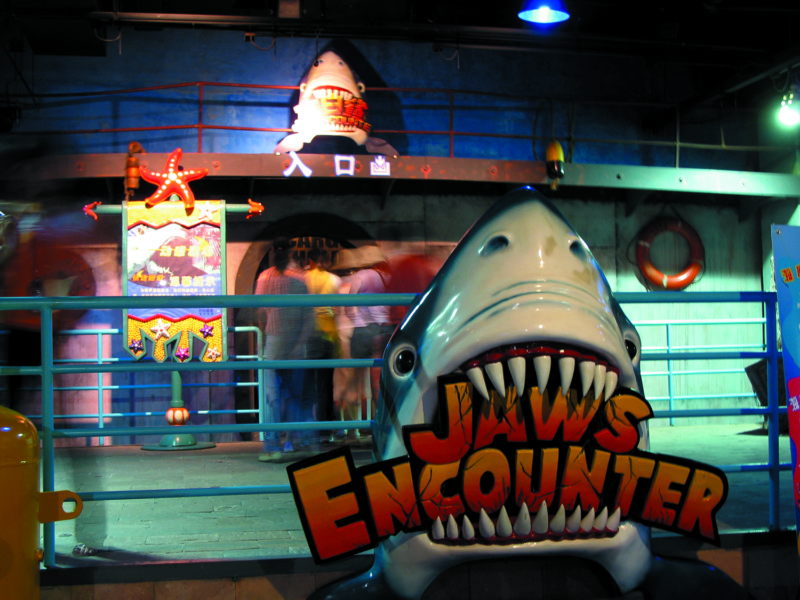
Apples-to-apples
Here, we break down the RFP into six parts. First is an organizational overview sharing information about your organization’s goals and their focus on the project. Second is the most important component – a detailed set of project specifications. The more detailed and accurate, the better.
Melissa Ruminot, director of marketing & business development for The Nassal Company, a well-known fabricator and producer, said, “We rely a lot on art direction because at the end of the day we are all builders and fabricators. Having a very clear vision and understanding of what you want the end product to look like from a scenic finish capacity is very important. Knowing what you don’t want, and understanding what you DO want – and being able to communicate that effectively – will help ensure that the bids you get are apples-to-apples.”
Lepre said, “Our RFPs typically include concept renderings and detailed, scaled drawings along with a proposal outline asking the fabricator to provide a brief explanation of their approach. We also ask for information about their team.”
Third, define all technical and administrative requirements your organization has for the fabricator, such as certification or educational background, background checks, and work experience. You can also include details such as completion dates, intellectual property rights, expectations for technical components, billing requirements, and maximum bid price range to bid within. Allow room to negotiate.
Rick Bastrup, President of R&R Creative Amusement Designs said, “Some fabricators have more experience in specific areas such as concrete rock work, fiberglass molding or hard coat foam sculpting. It is wise to make sure you are selecting the right type of fabrication materials and process for your project rather than just going with the suggestions of the bidding company.”
“One thing that I think is really important is to really pay attention to who the key personnel are and how long they have been at the firm, said Basil Katz, CEO of Cinnabar, a leading producer and fabricator. “That will tell you something about the culture of the place.”
Fourth, request references. Fifth, provide information regarding what proposal evaluation criteria will be implemented and the evaluation timeline. Ask the people on your project team for any particular criteria they want included and communicate this to the vendor upfront. Allow for the possibility that in the course of dialog with various fabricators you may learn something that requires changing part of the RFP.
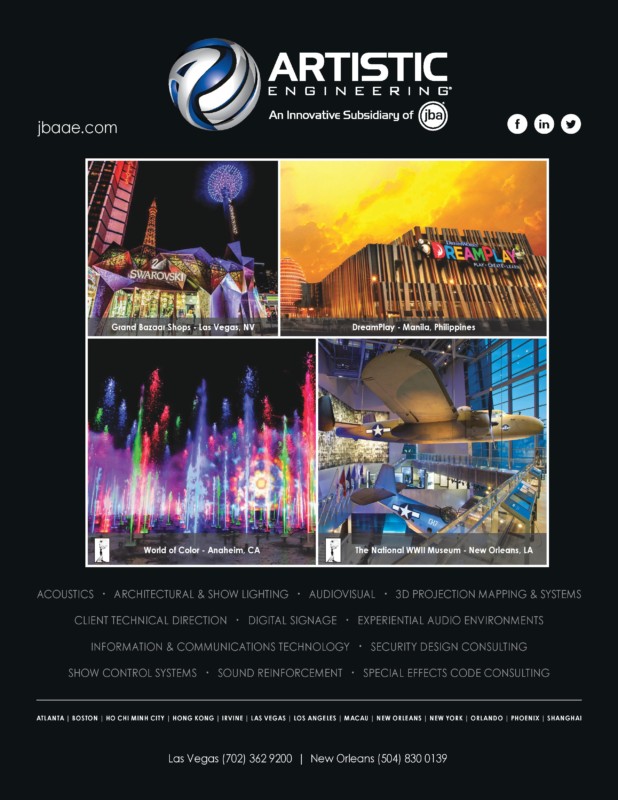
Time is still money
Sticking with a set process shows bidders that you know what you are doing. Fabricators typically spend non-billable time on creating proposals, so whatever you can do to streamline things will help build a good relationship.
A timeline for reviewing fabricators should be factored into your overall project timeline, down to the week and day, and communicated to the entire project team. Criscione said, “Start with knowing what you have for a budget and the timeline needed for completion. The timeline may include the negotiation process on large projects. You don’t want to be forced into a decision solely because of time constraints.”
The sixth and final section covers proposal delivery criteria and contact info. Let bidders know who they should contact and how. Include proposal submission and formatting guidelines, minimum content required and deadlines.
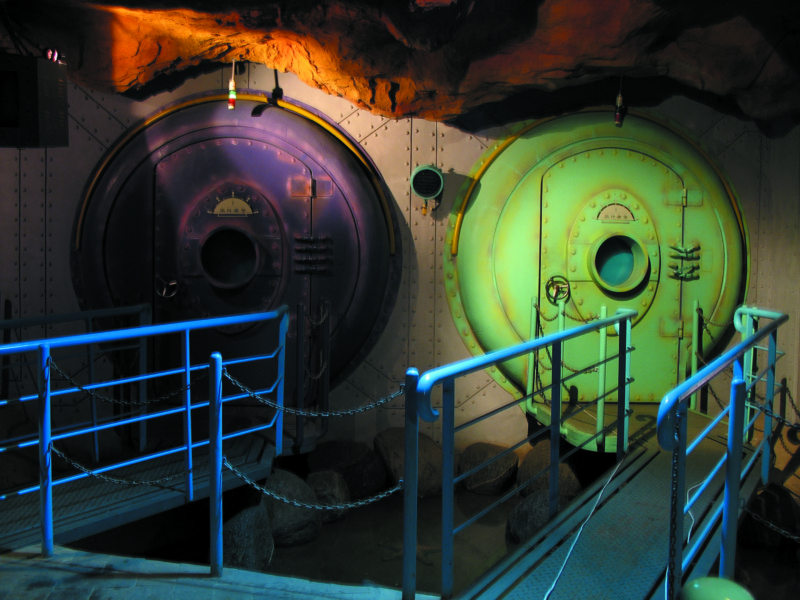
Making a good match
Ideally your short list should have three to six candidates. A diligent process should lead you to a solid, primary choice of fabricator for the project. Select an alternative as backup in case negotiations go awry.
John Wood, Chairman and CEO of Sally Corp. said, “I typically start by asking our customer if they have any preferred vendors in the field of scenery or thematic design. If they have a local vendor that they like we will certainly interview them as a possible candidate. Next, we would look to companies who have a good reputation and a working relationship with our company.”
“It is about selecting a partner where you have full trust in their technical ability and with whom you will also have an enjoyable and collaborative working relationship,” said Katz. “Have one or two substantive conversations with the potential vendor, and really think about the quality of the exchange, because those are people you would be working with closely.”
Bohler said, “A good theming contractor should quickly explain their procedures and expected hidden fees or possible change orders on your project. They should have in-depth knowledge of fire marshal concerns, life safety concerns, depth in structural and engineering needs, as well as being able to explain the different materials that they are using and why.”
Cristina Heredia, Exhibits Manager at Zoo Miami, said, “It’s a no-brainer to look at a particular company’s past work, pricing and references but an often overlooked but equally important piece is building a relationship. A good working relationship supports a certain level of collaboration, trust and flexibility for both vendor and client. This leads to opportunities for more work for the vendor and often times a better product for the client since the lines of communication are always open and both parties feel good about being honest and working towards a common goal.”
There’s just as much art and craft to the selection process as there is to fabrication itself.
“Both parties need to feel good about the deal and see the relationship as a partnership,” said Criscione.
“Too often, good projects go bad because of lack of initial planning,” said McDonough. “You are essentially creating a business plan for your project, and by working through the details, you greatly increase the chance of a smooth and successful project.” • • •


